Craig Smorynski9780387754802, 0387754806
The second aim is to include the proofs of important results which are typically neglected in the modern history of mathematics curriculum. The most obvious of these is the oft-cited necessity of introducing complex numbers in applying the algebraic solution of cubic equations. This solution, though it is now relegated to courses in the History of Mathematics, was a major occurrence in our history. It was the first substantial piece of mathematics in Europe that was not a mere extension of what the Greeks had done and thus signified the coming of age of European mathematics. The fact that the solution, in the case of three distinct real roots to a cubic, necessarily involved complex numbers both made inevitable the acceptance and study of these numbers and provided a stimulus for the development of numerical approximation methods.
Unique features include:
* a prefatory essay on the ways in which sources may be unreliable, followed by an annotated bibliography;
* a new approach to the historical development of the natural numbers, which was only settled in the 19th century;
* construction problems of antiquity, with a proof that the angle cannot be trisected nor the cube duplicated by ruler and compass alone;
* a modern recounting of a Chinese word problem from the 13th century, illustrating the need for consulting multiple sources when the primary source is unavailable;
* multiple proofs of the cubic equation, including the proof that the algebraic solution uses complex numbers whenever the cubic equation has three distinct real solutions;
* a critical reappraisal of Horner’s Method;
The final chapter contains lighter material, including a critical look at North Korea’s stamps commemorating the 350th birthday of Newton, historically interesting (and hard to find) poems, and humorous song lyrics with mathematical themes. The appendix outlines a few small projects which could serve as replacements for the usual term papers.
Table of contents :
Contents……Page 5
Introduction……Page 7
Annotated Bibliography……Page 17
Foundations of Geometry……Page 47
The Construction Problems of Antiquity……Page 92
A Chinese Problem……Page 137
The Cubic Equation……Page 151
Horner’s Method……Page 179
Some Lighter Material……Page 229
Appendix: Small Projects……Page 251
Index……Page 266
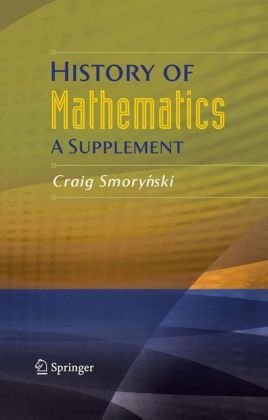
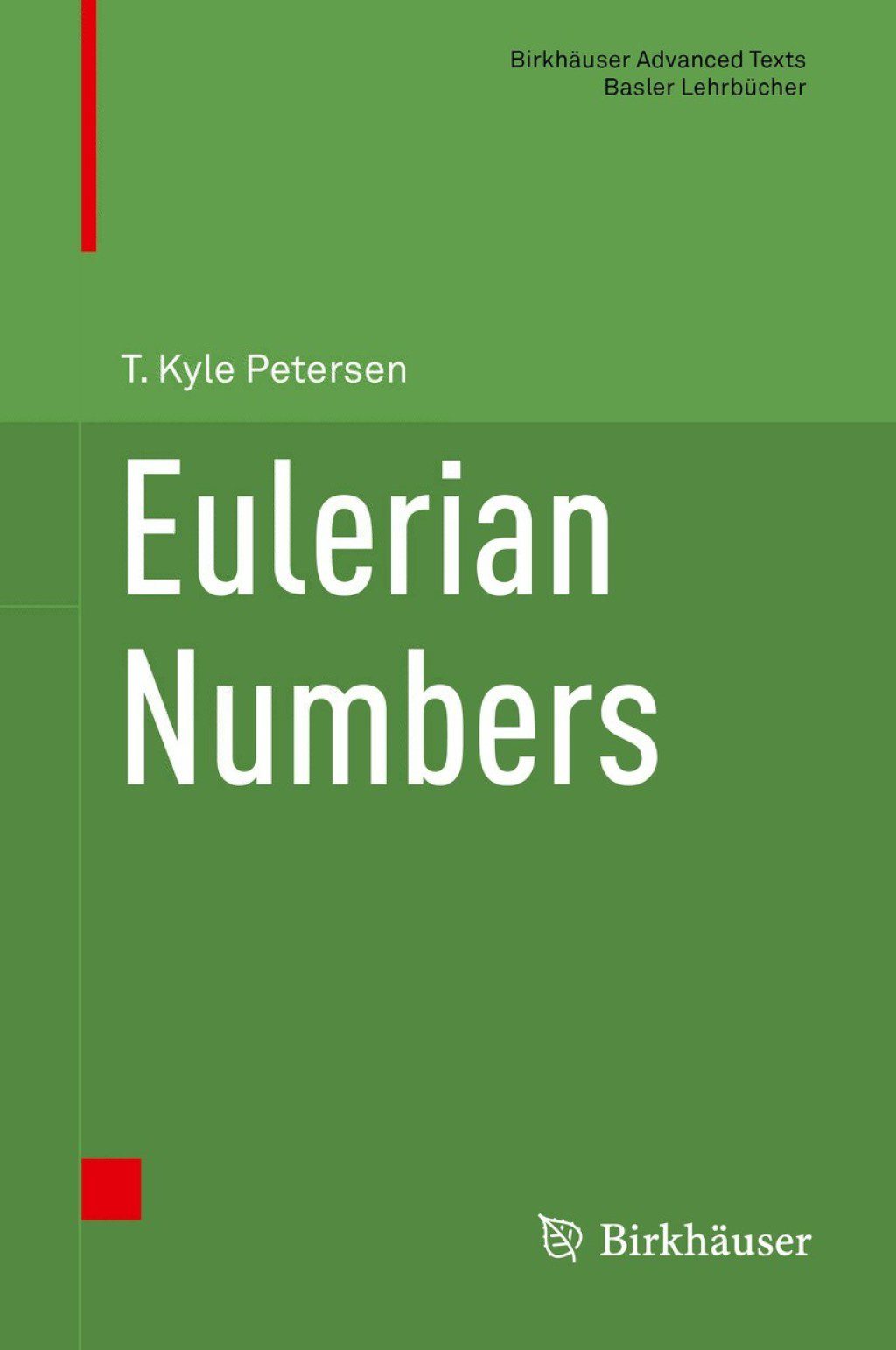
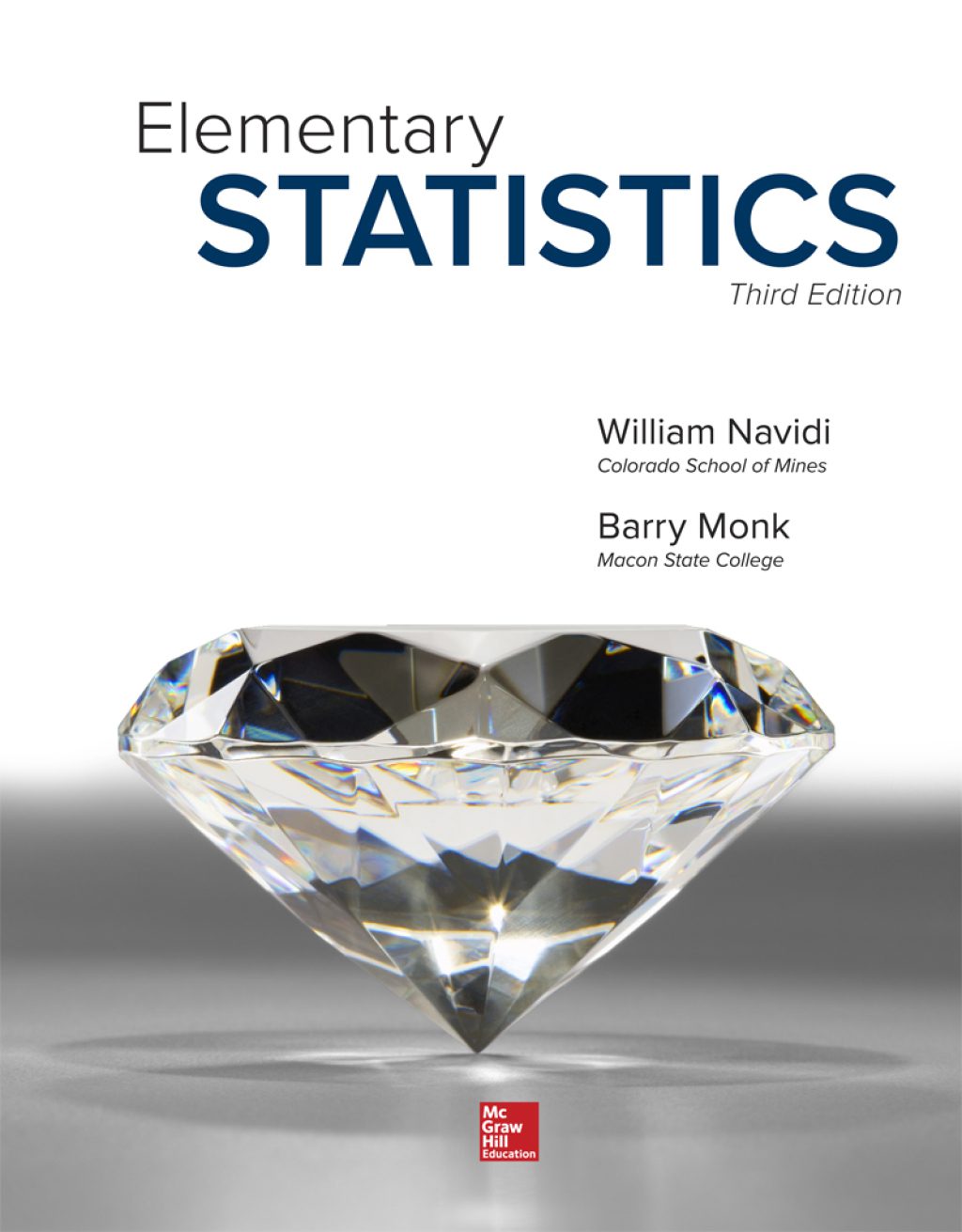
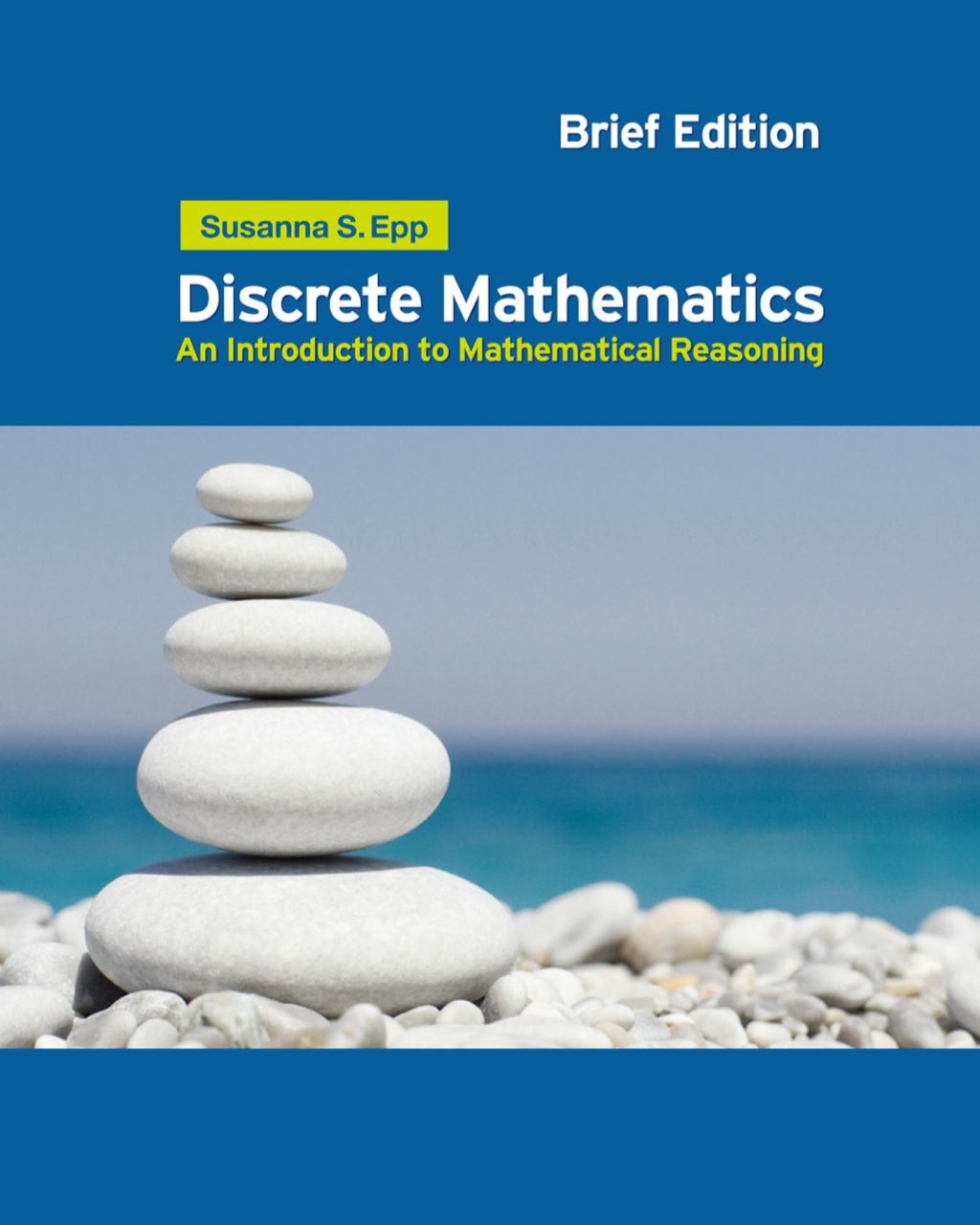

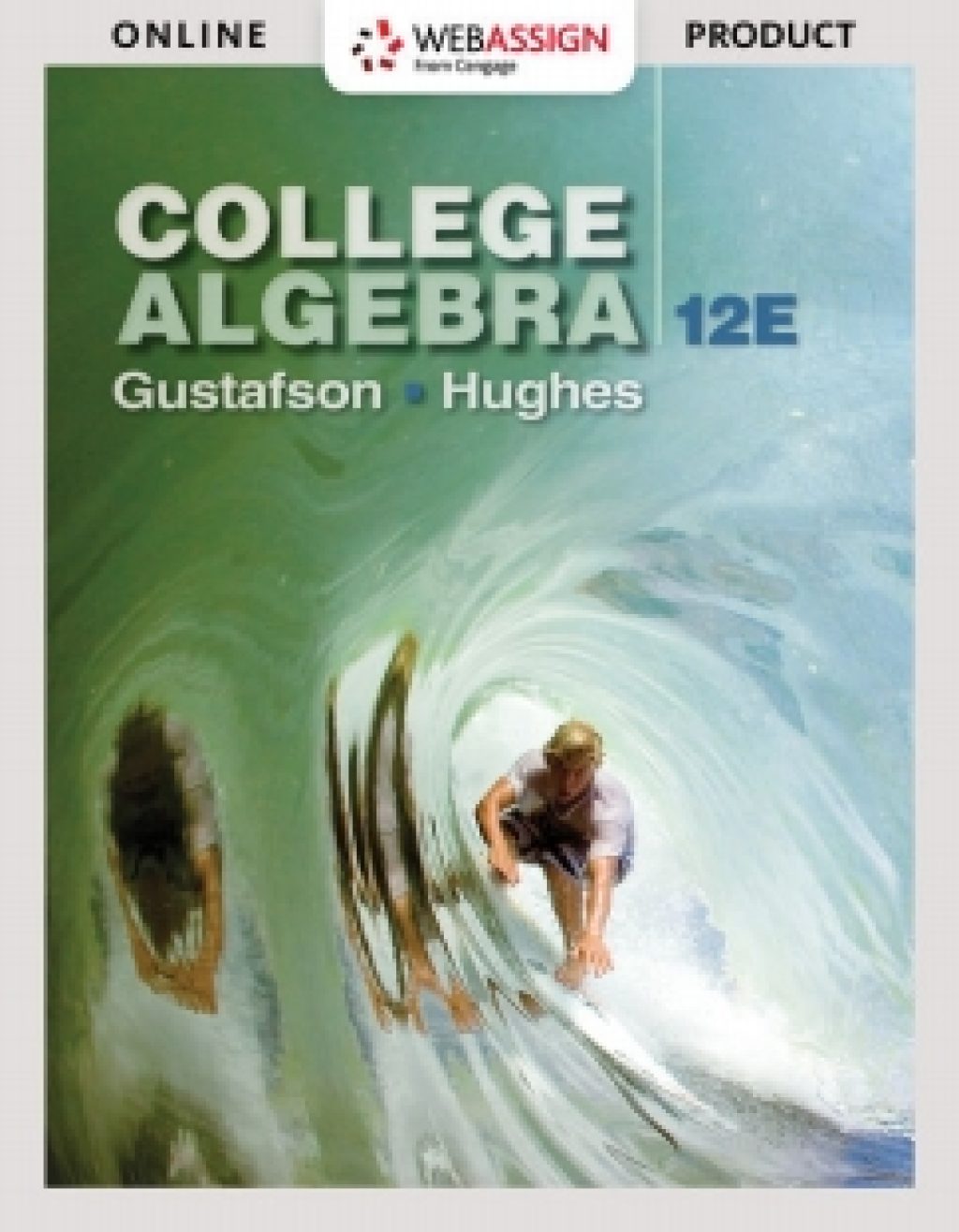

Reviews
There are no reviews yet.